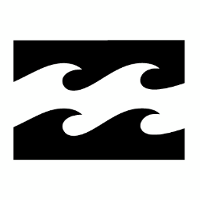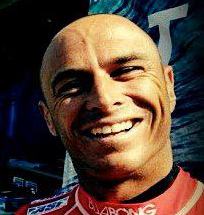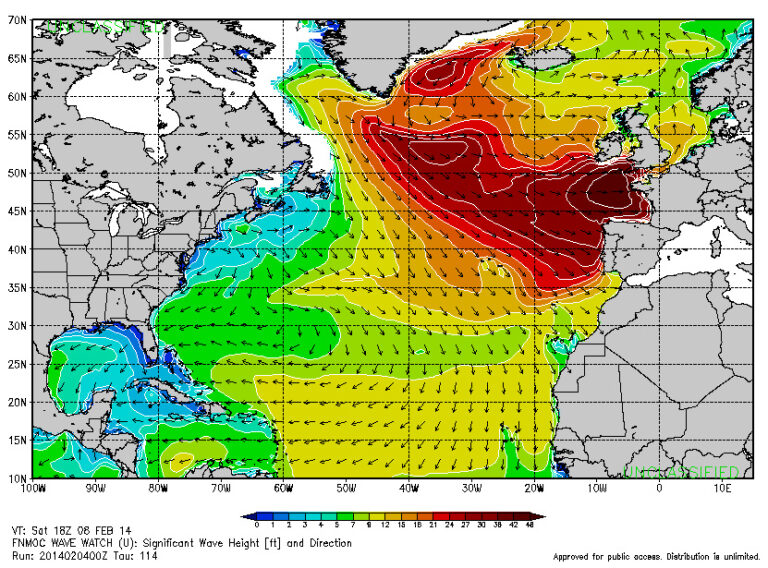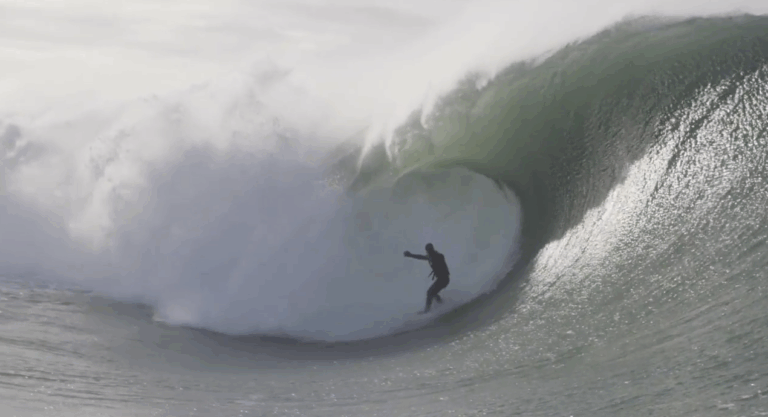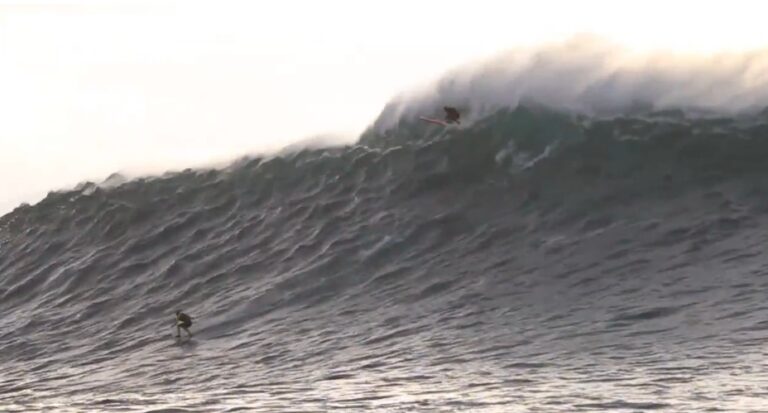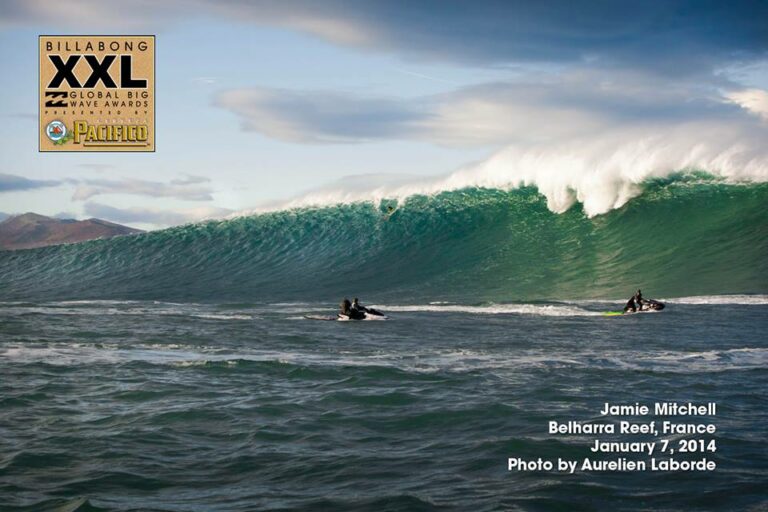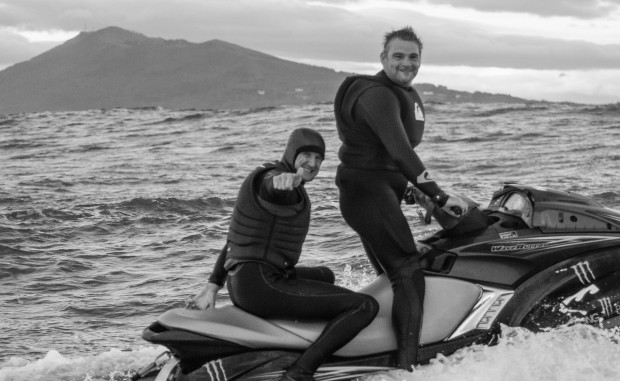
Belharra water patrol team Yann Benetrix and Thierry Krawiec. Photo: Stephane Becret
With Shane Dorian returning to Europe to meet last week’s mega swell surfing’s gaze was firmly fixed on the French big wave spot of Belharra, and you’ve most likely seen the big drops and heavy wipeouts from that session. But as surfing’s big wave paddle-in movement continues to gain momentum so do the risks and staying safe in the water has never been as important. Last week’s Belharra session was no exception, with a Billabong water patrol team made up of Yann Benetrix, Thierry Krawiec, François Liets and David Dubes all in the lineup to ensure Shane Dorian and Benjamin Sanchis’ safety. We caught up with lifeguard rescuer Thierry Krawiec to find out how their day went.
Thierry, how do you go about preparing for a day like that at Belharra?
Billabong team manager François Liets sounds the alarm a couple days beforehand and then we’ll wait for a final call the night before. We’re all pretty organised about it now as we’ve been doing it for some time and everyone knows what the job demands. We were all at Nazaré a couple months ago too (ed. when Maya Gabeira nearly drowned). As for as safety equipment goes, an oxygen supply, a defibrillator, neck braces and a general first aid kit are all loaded into a boat that was waiting in the channel. For Belharra we had a boat in the channel plus two jetskis, each with their designated drivers and rescuers.
How do you go about ensuring maximum safety?
Everything depends on the place we’re at. Our safety strategy won’t be the same at Belharra as at Nazaré. At Nazaré, we’ll have a spotter to warn everyone when the sets are coming and if we run into any problems then we’ll retreat to the beach to deal with them, as we did with Maya Gabeira. At Belharra, it’s completely different. We’ll have one jetski at the top of the wave and another at the bottom. The jetski furthest out to sea will be sitting next to the paddle surfer so he can either climb up on the ski or decide to paddle the wave if he’s in the right spot. But being in the right place comes down to very little and having to sit tight while these huge mountains come hurtling towards you is pretty damn scary. The other jetski driver at the bottom of the wave makes sure he’s in a position to watch any wipeouts and rescue from the impact zone as fast as possible.
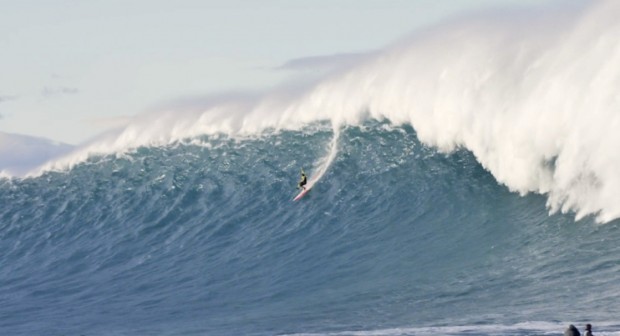
Jamie Mitchell going down on his bomb and praying there wasn’t a bigger one behind it. Of course there was.
Some of the paddle surfers out there opted not to wear leashes, is that right?
Yeah, that’s right. When you’re dealing with that amount of whitewater, being tied to a board will often prevent you from resurfacing. And at Belharra the wave breaks far out to sea into deep water so there’s no risk of the boards falling on rocks or cliffs. On top of that, jetskis are able to rescue surfers much faster if there’s no board to deal with. Loading an 11 foot gun onto a ski quickly ain’t the easiest of things and limit its ability to get out of impact zone fast enough.
How did you guys approach Jamie Mitchell’s big wipeout?
Jamie and Twiggy didn’t have anyone there to help them and I didn’t get to see Jamie’s fall. But we immediately all headed straight for the impact zone. We still hadn’t found him after he’d worn the second wave on the head and at that point I was already thinking of how I’d have to resuscitate him. In case of loss of consciousness, my role is to get the surfer up on the back of the sled or just to grab him and do whatever’s necessary to get him out of the impact zone. What you don’t realise is how turbulent the water is in the impact zone. The jetskis can be really unstable and at the same time you’re having to watch out for the next wave. The driver’s skill is crucial at this point in the rescue attempt. In Jamie’s case, fortunately Fred Basse spotted him to the far left of the impact zone, he’d been washed about 300 metres underwater!

